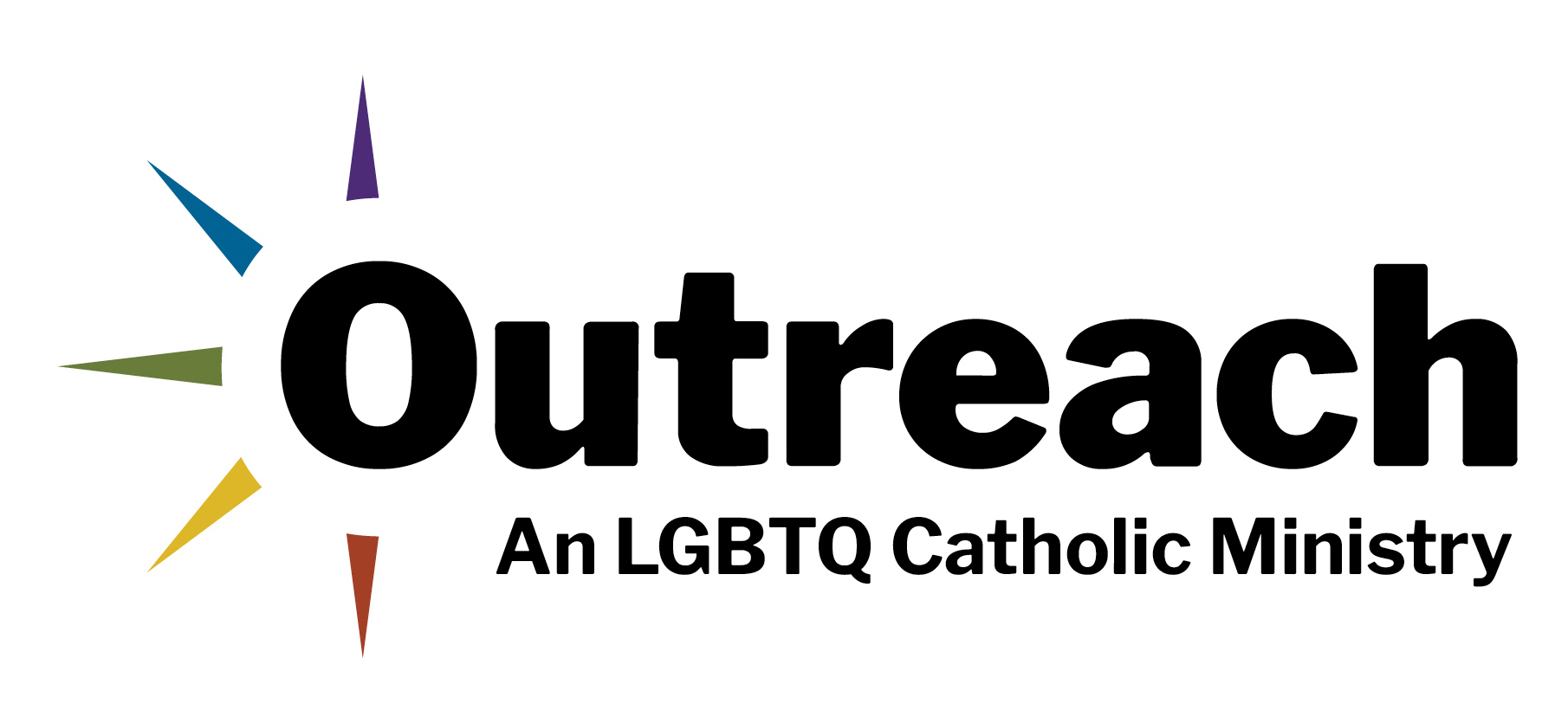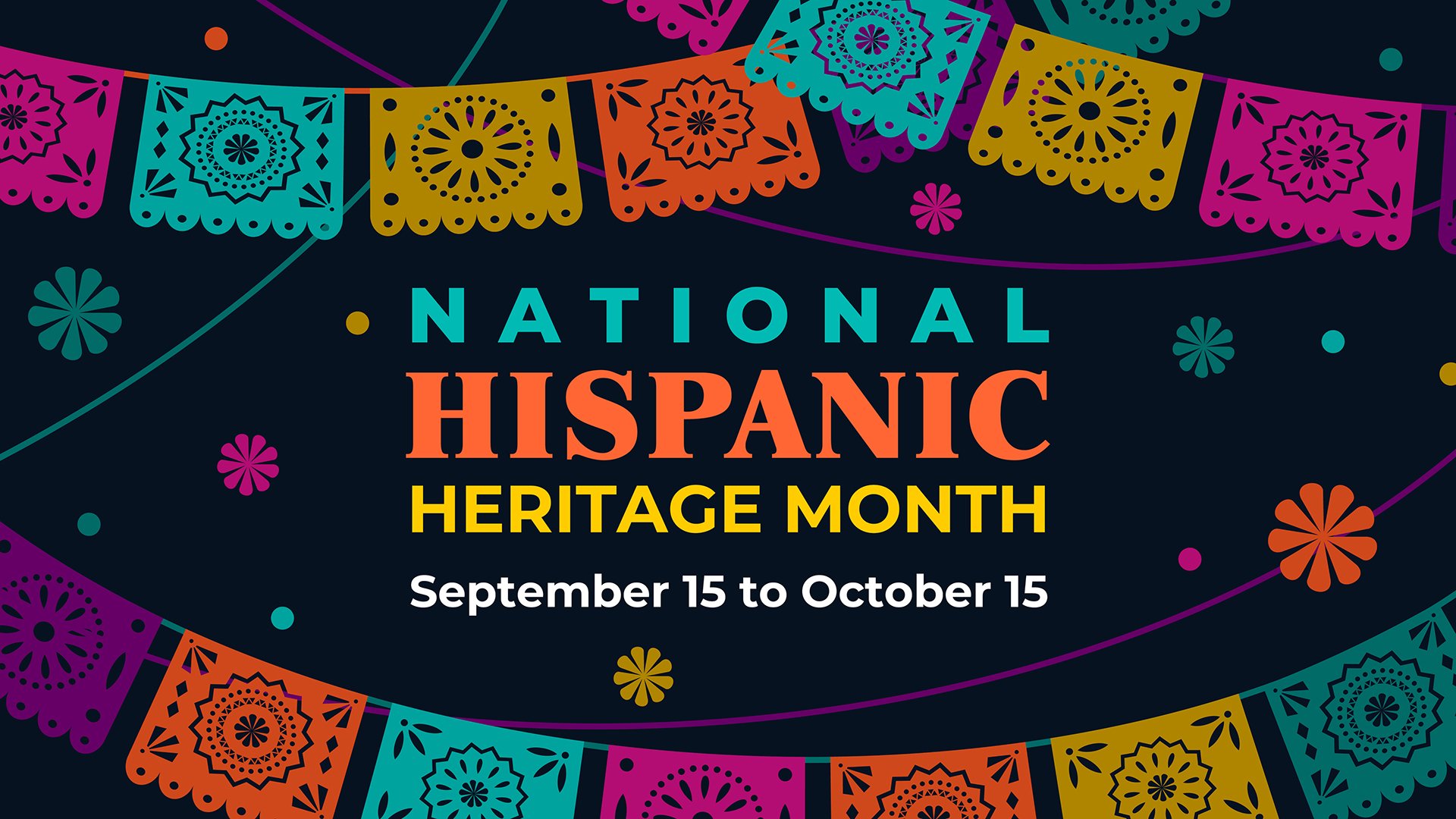This is the final part of an essay by Ish Ruiz. In the first part of this piece, Ish Ruiz guided us through awareness and analysis of what it means to minister to LGBTQ Latinx people. In this part, he will focus on action.
Part II
In order to respond to this struggle and the need of LGBTQ Latinx Catholics for integration, I believe the Catholic Church and Catholic ministers have a twofold responsibility.
First, I believe church leaders should enter into synodal dialogue with the lay faithful on matters of gender identity and sexual orientation. It is clear to me from my perceived cultural experience of Latinx people that the strict promulgation of patriarchal heteronormativity is harmful to women, LGBTQ people and society as a whole.
Space does not allow me to propose a new perspective on gender, so I will simply call upon bishops, priests and other church leaders to be open to new ways of understanding the nature of gender and the beauty of different forms of relationships.
Second, I believe Catholic ministers who serve Latinx LGBTQ people should guide them through a process of deconstruction and reconstruction of three components of our lives: our Latinidad, our LGBTQ identity and our conception of God. As stated earlier, our Latinidad itself is not the cause of homophobia, transphobia and heteronormativity—but rather certain historical components of our culture that birthed machismo are probably to blame.
Therefore, is important for LGBTQ Catholics to learn to deconstruct our Latinidad by filtering out some of those oppressive components and to reconstruct a new understanding of Latinidad that integrates LGBTQ identities and leads to the flourishing of all.
I already reflected on some of the oppressive components of Latinx culture, but missing from my prior analysis are the many wonderful things about Latinx culture, which include amazing folklore, food, music and dance; a sense of hogar (home) and community; a focus on lo cotidiano, or the importance of day-to-day life; and an optimistic commitment to service and collective struggle for justice, which is captured in the phrase “si se puede.”
Furthermore, these components are perhaps more central to our Latinidad because they directly contribute to the flourishing of all Latinx persons and not just a powerful few (e.g. heterosexual cisgender males). Therefore, the task of the minister is to guide LGBTQ Latinx people to deconstruct oppressive cultural norms such as machismo, which are imbedded in our psyche through upbringing, while also preserving the amazing components of Latinx culture.
“We must proudly declare that we belong in this church through our baptism and endeavor to claim our place in our local community. … LGBTQ people need to reconceive our sexual identity as part of the Imago Dei, or the image of God. “
This can be accomplished through careful prompting of LGBTQ Latinx people to reflect on which parts of their Latinidad are most meaningful to them. The minister can then encourage the LGBTQ Latinx person to imagine how that component can be LGBTQ-inclusive. Finally, the Latinx LGBTQ person should strive to actively create or engage with that cultural component as an openly LGBTQ person, giving witness to the great potential a Latinx identity has toward inclusion.
With regard to the reconstruction of LGBTQ identity, I borrow from Jesuit Father James Martin’s image of a two-way bridge, in his book, Building a Bridge. As he states regarding LGBTQ inclusion in the church, the onus falls largely on Catholic leaders. However, I agree with his perspective that LGBTQ Catholics who wish to be a part of the church need to exhibit some openness to a relationship with the hierarchy and with God.
While I understand that contemporary LGBTQ culture is often apathetic of religion (and with good reason), LGBTQ Catholics who seek communion with the church must work to heal some of this trauma and understand their sexual identity as compatible with, and crucial to, their faith development. Therefore, I think many LGBTQ Catholics who wish to grow in their faith need to reclaim their identity as an integral part of their own spiritual life and the life of the church.
We must proudly declare that we belong in this church through our baptism and endeavor to claim our place in our local community. Finally, and this leads to the third reconstruction, LGBTQ people need to reconceive our sexual identity as part of the Imago Dei, or the image of God.
Our understanding of God can be a source of oppression or a source of liberation. If we conceive of God strictly as a white, cisgender, heterosexual male, we are subconsciously also subscribing to the belief that anyone who does not fit that identity is made less in the image of God than people who do. This serves to sustain that oppressive power dynamic that exists in our communities.
In order for LGBTQ Latinx people to be able to form a relationship with God that is inclusive of our their identity, we might need to first reconceive our image of God as being a Latinx queer God.
This act of reconceiving God was proposed by the Rev. Bryan Massingale in an article for DignityUSA (a Catholic LGBTQ group) and was also the focal point of a documentary film called Wonderfully Made, which features a diverse set of religious imagery along the racial/ethnic and LGBTQ spectrums. In what was a beautiful portrayal of the Imago Dei the film showcased several images of Jesus that were many different races and overall queer.
In sum, this process of deconstruction and reconstruction should happen with regard to our Latinidad, our LGBTQ identity and our conception of God. The ultimate goal of this process is integration, or our ability to experience these three internal identities harmoniously; and it has already been carried out by many before.
In January 2022, I was a guest on a podcast called Second Adolescence, where I shared my journey of deconstruction and reconstruction as a gay Latinx Catholic. This journey was not only personally transformative, but also potentially socially transformative: it helped my family question some of the social and religious norms in Puerto Rico in their journey toward acceptance of their gay son.
Another example: My cousin formed a part of an all-female-led musical plena group that promoted feminism and LGBTQ rights. This group was an example of reclaiming Puerto Rican culture in a way that is empowering toward women and LGBTQ people. Latinx theologians have also adopted this call. The recent book by former U.S. ambassador to the Vatican Miguel Diaz, titled Queer God de Amor, also reflects a reclaiming of Latinidad, LGBTQ identity and faith in God in a way that leads to integration.
In a recent conversation I had with Justo L. Gonzalez, the Cuban-born theologian, he shared that young Latinx people today (including queer Latinx youth) are no longer serving simply as bridges between multiple monolithic cultures. Rather, they are a cutting edge: they are helping craft and reshape culture, which is very much alive and growing.
With that in mind, the task of the Catholic minster is to guide Latinx LGBTQ people in that process of reconstructing both identities in a quest toward liberation, but also in a larger journey to reshape the broader Latinx and Catholic cultures of their upbringing.
When I return to the story of Exodus, I can’t help but to think of a God who freed the Israelites, not just because they were members of the human species, but because they were a people. God did not only seek to preserve their lives, but also their way of life. Furthermore, Jesus becomes incarnate as part of this people and lived like them, fully participating in their culture— and transforming it by deconstructing and reconstructing some of the oppressive components of it.
Jesus did not blindly follow culture; rather, he criticized some of his own religious leaders for promoting a culture that led to disintegration, strife and oppression. For this reason, I believe God would call us to enter this process of cultivating a Latinx culture, an LGBTQ culture and our faith in a way that leads to integration and harmony.
If we truly proclaim that God loves all of us as a people, and that we are all made in the Imago Dei, then we must work to create culture that promotes our well-rounded flourishing as integrated persons with dignity—incorporating all aspects of our identity.
In conclusion, Latinx culture, like any other culture, reflects both beauty and pain. LGBTQ people who grow up in Latinx contexts are likely surrounded by a hostile culture that expects them to conform to a heteronormative standard, justified by a gender-rigid Catholic-Christian narrative. Ministering to LGBTQ Latinx people requires, on behalf of church leaders, not only a deep reflection on Catholic theology on gender but a way to guide Catholic Latinx LGBTQ people in a process of identity reconstruction.
This is not only possible, but also necessary in order to preserve the beauty and the true meaning of our Latinidad in a way that affirms the dignity of all people, who are made in the sacred image of God.




